Understanding the Advantages of Using DC Power Supply in Modern Electronics
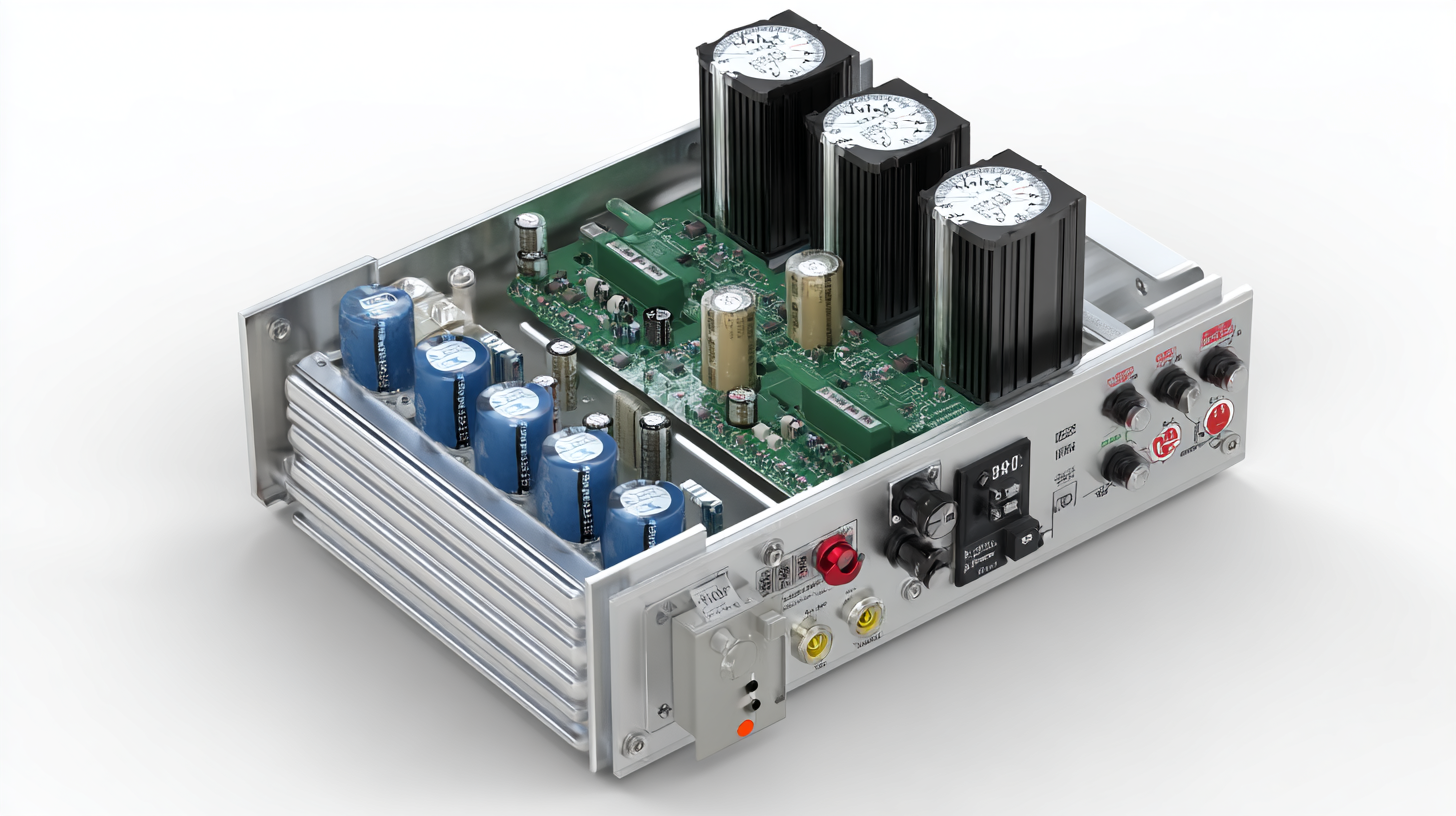 As the demand for more efficient and reliable power solutions grows in the electronics industry, the importance of dc power supply has become increasingly evident. According to a recent report by MarketsandMarkets, the global power supply market is projected to reach $37.4 billion by 2025, driven by advancements in technology and the rising adoption of renewable energy sources. DC power supplies are particularly favored in modern electronic applications due to their ability to provide stable voltage with minimal fluctuations, which enhances the performance and longevity of sensitive devices. Moreover, the shift towards electric vehicles and energy-efficient systems further underscores the pivotal role of dc power supply in driving innovation and sustainability. As designers and engineers seek to optimize device performance, understanding the advantages of dc power supplies becomes crucial for future-proofing electronic designs.
As the demand for more efficient and reliable power solutions grows in the electronics industry, the importance of dc power supply has become increasingly evident. According to a recent report by MarketsandMarkets, the global power supply market is projected to reach $37.4 billion by 2025, driven by advancements in technology and the rising adoption of renewable energy sources. DC power supplies are particularly favored in modern electronic applications due to their ability to provide stable voltage with minimal fluctuations, which enhances the performance and longevity of sensitive devices. Moreover, the shift towards electric vehicles and energy-efficient systems further underscores the pivotal role of dc power supply in driving innovation and sustainability. As designers and engineers seek to optimize device performance, understanding the advantages of dc power supplies becomes crucial for future-proofing electronic designs.
The Rise of DC Power Supply in Emerging Technologies
The rise of DC power supply in emerging technologies is reshaping the landscape of modern electronics. According to a report from MarketsandMarkets, the global DC-DC converter market is projected to reach $10.83 billion by 2025, growing at a CAGR of 6.72%. This surge can be attributed to the increasing adoption of renewable energy systems and electric vehicles, which rely heavily on DC power for efficient energy conversion and management. As industries pivot towards greener technologies, the need for reliable and versatile DC power supplies becomes paramount.
Moreover, advancements in semiconductors and energy storage have significantly enhanced the performance of DC power supplies. The International Energy Agency (IEA) reported that global electric vehicle sales doubled between 2019 and 2020, showcasing the burgeoning demand for innovative power solutions. These developments not only support high-efficiency applications but also address the challenges of energy sustainability. As a result, manufacturers are exploring integrated DC power solutions that optimize operational efficiency and reduced energy costs, leading to wider applications across various sectors, including telecommunications, consumer electronics, and medical devices.
Understanding the Advantages of Using DC Power Supply in Modern Electronics
| Aspect | Value |
|---|---|
| Efficiency | Up to 95% |
| Output Voltage Range | 0 - 60V |
| Load Regulation | < 2% |
| Ripple Voltage | < 1mV |
| Noise Level | < 50µV |
| Typical Applications | LED lighting, Electric vehicles, Robotics |
| Environmental Impact | Lower carbon footprint |
| Innovation Areas | Renewable energy, Smart grids, Wireless charging |
Efficiency Gains from Using DC Power in Electronic Circuits
The adoption of DC power supply in modern electronics presents significant efficiency gains, particularly in various applications within electric vehicles and renewable energy systems. One notable advancement is the development of high-gain DC-DC converters, which minimize voltage stress on components. This reduction in stress leads to lower energy losses, enhancing overall circuit efficiency. For example, innovations like the high-gain interleaved DC-DC converter for EV charging demonstrate how these technologies can streamline power conversion processes, resulting in faster and more efficient charging cycles.
Tips: When designing circuits, consider integrating high-efficiency DC-DC converters to maintain optimal performance and operational reliability. Monitoring thermal management and power factor can substantially improve energy utilization, particularly in high-demand scenarios like electric vehicle charging or renewable energy integration.
Additionally, the utilization of wide bandgap semiconductors in power electronics allows for higher switching frequencies and improved efficiency, further enhancing energy savings in modern electronic applications. These improvements are critical not only for consumer electronics but also for the sustainability of emerging technologies aimed at carbon neutrality. By prioritizing DC power solutions, manufacturers can achieve substantial efficiency gains while contributing to a greener future.
Understanding the Advantages of Using DC Power Supply in Modern Electronics
This chart illustrates the efficiency gains achieved by using DC power supplies across various applications in electronics. The data reflects the percentage of efficiency compared to traditional AC power supplies in several common electronic devices.
Comparative Analysis: DC vs AC Power Supply in Modern Devices
The battle between DC (Direct Current) and AC (Alternating Current) power supply systems has experienced a resurgence in interest, particularly as renewable energy sources gain traction. Historically, AC power claimed victory due to its ability to easily transmit over long distances. However, recent advancements highlight the advantages of DC, particularly in modern electronics where efficiency and integration with renewable energy sources are paramount. For instance, DC systems can reduce energy losses and support the development of compact devices, making them attractive for everything from electronic vehicles to microgrid applications.
Tips: When evaluating power supply options for your devices, consider the efficiency requirements and energy source compatibility. DC systems may be more suitable for renewable energy integration, especially with innovations like high-efficiency converters designed for energy storage systems.
Moreover, in the context of microgrid performance, a comparative analysis shows that DC microgrids can offer significant cost savings and enhanced reliability over their AC counterparts. As technology continues to evolve, the preference for DC systems could intensify, driven by the increasing need for sustainability and efficient power management.
Tips: Make sure to research recent studies and market trends regarding power supply systems to stay informed about the best options available in the rapidly evolving landscape of modern electronics.
Impact of DC Power Supply on Energy Consumption and Sustainability
In today's rapidly evolving electronics landscape, the transition to DC power supply systems has significant implications for energy consumption and sustainability. One of the primary advantages of adopting DC over traditional AC is its inherent efficiency. DC power minimizes energy loss during transmission, which translates into lower electricity bills and a reduced carbon footprint. As devices increasingly rely on integrated circuits and digital components, DC remains a crucial element, enabling streamlined energy usage in everything from smartphones to renewable energy systems.
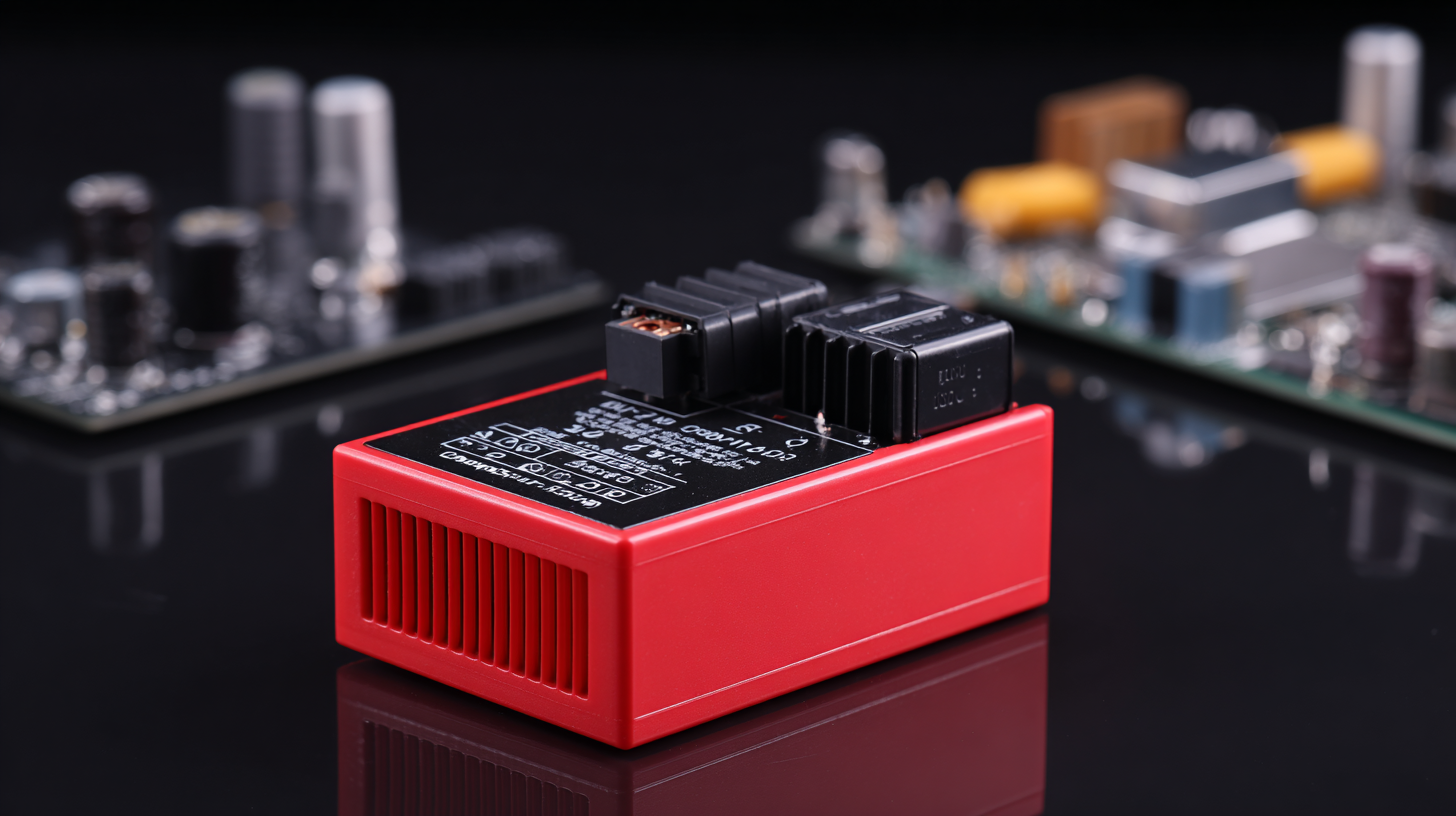
Tips for optimizing energy consumption with DC power supply include ensuring that all devices are compatible with DC sources to avoid unnecessary energy conversion losses. Additionally, consider implementing energy-efficient components, such as LED lighting and variable speed drives, which further enhance the sustainability of DC systems. Regular maintenance and monitoring of power supplies can also identify inefficiencies, allowing for adjustments that help conserve energy over time.
Moreover, the integration of renewable energy sources, like solar and wind, with DC power supplies fosters a more sustainable energy ecosystem. By utilizing DC systems, businesses and consumers can harness renewable energy more effectively, promoting a cleaner environment. Investing in smart grid technologies can maximize the benefits of DC power, enabling real-time energy management and optimization in homes and industries alike.
The Role of DC Power Supply in Advancements of Renewable Energy Systems
The transition to renewable energy systems has been significantly enhanced by the adoption of DC power supply technologies. In recent years, it has been reported that global investments in renewable energy reached approximately $282 billion in 2020, with solar and wind power leading this charge. DC power supplies are vital in integrating these renewable sources into the grid, facilitating direct energy conversion and improving overall system efficiency. According to the International Renewable Energy Agency (IRENA), up to 20% more efficiency can be achieved in solar power systems when utilizing DC operations compared to traditional AC setups.
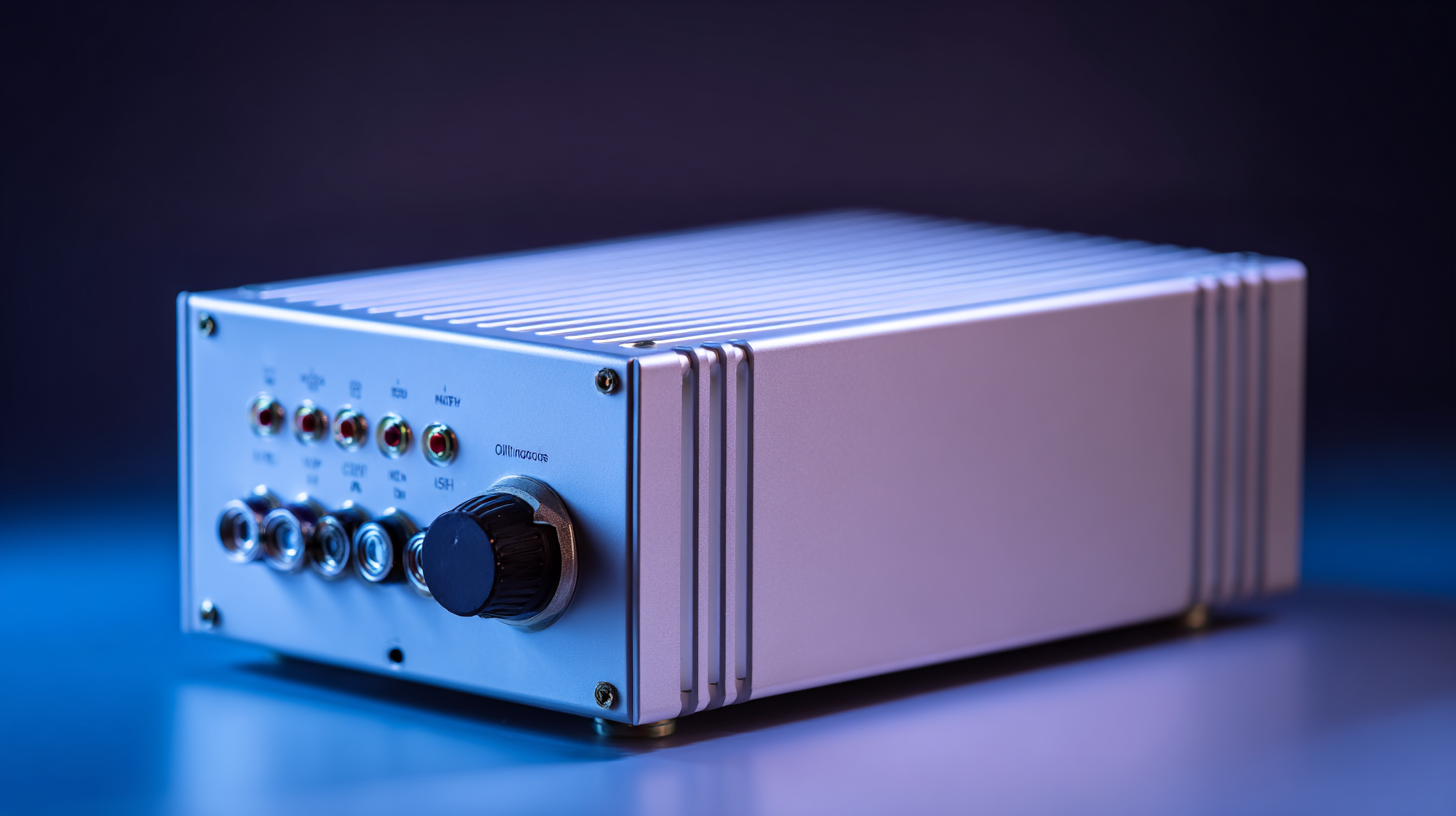
Moreover, the role of DC power supplies extends to energy storage solutions commonly employed in renewable systems. Battery storage technologies, which predominantly operate using DC, are essential for buffering intermittent energy flows from sources like solar and wind. A report by Navigant Research forecasts that the global market for energy storage systems will reach over $12 billion by 2025, underscoring the necessity of effective DC power management in these applications. As advancements in battery technology continue, the synergy between DC power supplies and renewable energy systems will drive the sustainable energy transition further, offering a promising route toward lower carbon footprints and enhanced grid resilience.
Related Posts
-
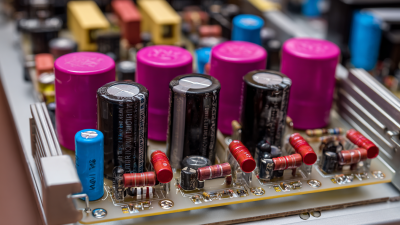
Understanding DC Power Supply: Key Components and Their Impact on Modern Electronics
-

10 Digital Tips for Optimizing Efficiency in DC DC Power Supply Systems
-

How to Optimize Your High Voltage DC Power Supply for Maximum Efficiency
-

Why DC Supply is Essential for Modern Electronic Devices and Applications
-
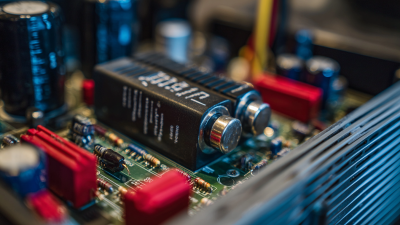
10 Best DC to DC Converters You Should Consider For Your Next Project
-

Addressing Common Issues with DC Supply Systems: A Comprehensive Guide
At Premium PSU, we are specialists in designing and manufacturing power conversion systems for the industrial market. Our product range includes high reliability power supplies from 50W to 72kW.
PREMIUM PSU
C/ Dolors Aleu, 19-21, 2nd Floor
08908 – Hospitalet de Llobregat
Barcelona-SPAIN
t.+34 93 223 26 85


